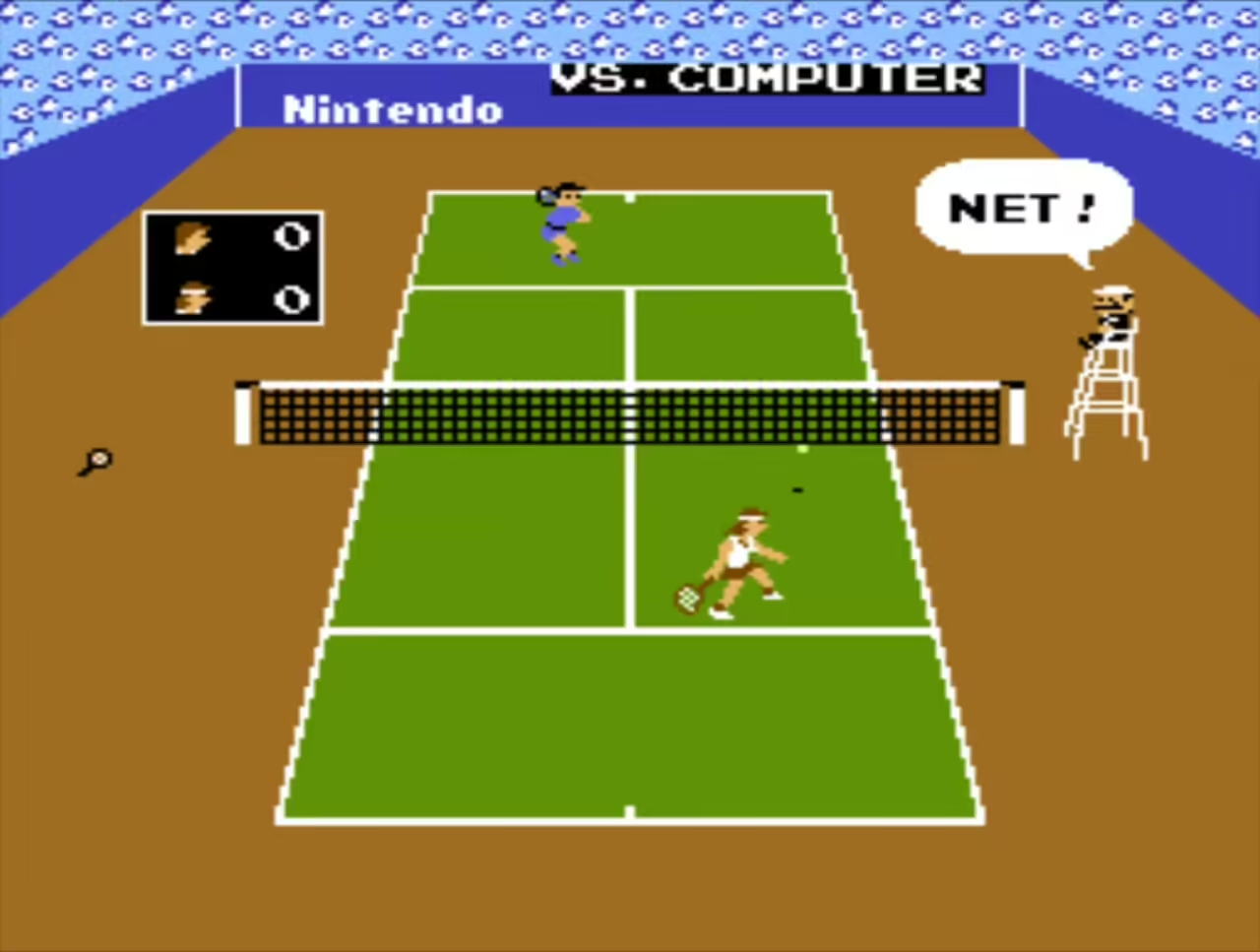
In the ever-evolving landscape of modern entertainment, video games have emerged as a phenomenon that not only captivates minds but also shapes cultures. From their humble beginnings to their current status as a billion-dollar industry, video games have taken the world by storm, influencing everything from art and storytelling to technology and social interactions. This article provides a concise overview of the significance and evolution of video games in contemporary culture.
The Birth of a Digital Pastime
The origins of video games can be traced back to the early days of computer science and technology. The 1950s and 1960s saw the development of rudimentary interactive electronic games, but it wasn’t until the 1970s that the first commercially successful arcade games, like “Pong,” emerged. These simple games laid the foundation for what was to become a thriving industry.
From Arcades to Consoles: The Evolution Begins
The 1980s witnessed a significant leap in the development of video games, as home consoles like the Atari 2600 and the Nintendo Entertainment System (NES) brought gaming into living rooms. This era introduced players to iconic titles such as “Super Mario Bros.” and “The Legend of Zelda,” establishing not only beloved franchises but also the concept of immersive storytelling in gaming.
The Technological Revolution
As technology advanced, so did the complexity and realism of video games. The 1990s saw the transition from 2D to 3D graphics, opening up new possibilities for game design and player experiences. Games like “Doom” and “Quake” pioneered the first-person shooter genre, while role-playing games (RPGs) like “Final Fantasy VII” demonstrated how games could evoke deep emotional connections with players.
The Social Dimension: Online Multiplayer and Esports
The turn of the 21st century brought about a revolutionary shift with the advent of online multiplayer gaming. Titles like “World of Warcraft” and “Counter-Strike” allowed players to connect and compete with others globally, fostering virtual communities and friendships. This era also witnessed the rise of esports, where skilled gamers competed professionally, gaining recognition and substantial prize money.
Gaming as a Cultural Force
In the present day, video games have firmly established themselves as a cultural force to be reckoned with. Games like “The Sims” explore virtual life simulations, while narrative-driven games like “The Last of Us” and “Red Dead Redemption 2” are celebrated for their intricate storytelling and character development that rival those of films and novels. Additionally, games like “Minecraft” have redefined creativity and collaboration, serving as platforms for artistic expression and education.
The Future of Gaming: Innovation and Inclusivity
Looking forward, the world of video games continues to expand and innovate. Virtual reality (VR) and augmented reality (AR) technologies promise to transport players into entirely new dimensions, while the concept of cloud gaming seeks to make high-quality gaming experiences more accessible to a broader audience.
Furthermore, the industry is making strides towards inclusivity, with greater representation of diverse characters and perspectives in games. This push for diversity not only reflects the real world but also enriches the gaming experience by introducing fresh narratives and gameplay mechanics.
The Invention of the First Video Game: Unveiling the Pioneers, Their Motivation, and the Road to this Innovative Creation
The inception of the video game industry, a cornerstone of modern entertainment, owes its existence to a small group of pioneering minds that dared to turn their innovative ideas into reality. This article delves into the pioneers behind the creation of the very first video game, exploring their motivations and the remarkable journey that led to the birth of this groundbreaking invention.
The Pioneers: William Higinbotham and Tennis for Two
The honor of creating the world’s first video game rests upon the shoulders of William Higinbotham, a physicist at the Brookhaven National Laboratory. In 1958, Higinbotham introduced the world to “Tennis for Two,” a simple tennis simulation displayed on an oscilloscope screen. The game featured two paddles and a ball, allowing two players to compete against each other in a virtual tennis match.
Higinbotham’s background in physics played a pivotal role in his creation of “Tennis for Two.” He wanted to demonstrate the capabilities of the laboratory’s equipment to visitors during an open house event. In doing so, he inadvertently set the stage for the birth of an entirely new medium of entertainment.
The Motivation: Education and Engagement
Higinbotham’s primary motivation for creating “Tennis for Two” was not to spark a multi-billion-dollar industry but rather to engage and educate. He aimed to showcase the potential of scientific instruments in a relatable and enjoyable manner. The interactive nature of the game allowed visitors to directly manipulate the gameplay, providing an accessible way to understand the principles of physics and motion.
Higinbotham’s vision reflected the broader goal of using technology to bridge the gap between academia and the general public. He wanted to make science appealing and interactive, a sentiment that would later become an essential characteristic of video games.
The Innovation: From Concept to Execution
Turning an idea into a reality is often a journey fraught with challenges, and Higinbotham’s path to creating “Tennis for Two” was no different. Armed with a rudimentary analog computer and a genuine passion for innovation, he designed the game’s circuitry and coded its logic. Collaborating with a technician named Robert Dvorak, he crafted the necessary hardware to bring the game to life.
The result was a modest but astonishing achievement. “Tennis for Two” allowed players to control the trajectory of the ball using a simple dial and monitor its movement on the oscilloscope screen. While the game was limited in scope, its impact was far-reaching. It demonstrated the potential of interactive digital experiences and set the stage for the transformative evolution of video games.
“Tennis for Two”: A Glimpse into the First Video Game
In the annals of gaming history, “Tennis for Two” stands as a remarkable testament to human ingenuity and curiosity. Widely recognized as the first video game ever created, this simple yet groundbreaking innovation laid the foundation for an industry that would revolutionize entertainment and technology.
Game Mechanics: A Virtual Tennis Duel
“Tennis for Two,” developed by physicist William Higinbotham in 1958, was an interactive tennis simulation displayed on an oscilloscope screen. Players took on the roles of virtual tennis players, facing off in a two-dimensional representation of a tennis court. The game featured a net in the center and two paddles, one for each player, which they could control using dials.
The gameplay was elegantly simple yet surprisingly engaging. Players manipulated the dials to control the angle at which their paddles hit the ball. The ball’s trajectory and speed were determined by the angle and timing of the paddle’s movement. The goal was to outwit one’s opponent by sending the ball over the net in such a way that it couldn’t be returned.
The Hardware: Analog Ingenuity
One of the defining aspects of “Tennis for Two” was the hardware used to bring it to life. The game was played on an analog computer and displayed on an oscilloscope, a piece of scientific equipment primarily used to visualize electrical signals. Higinbotham repurposed this equipment to render a simplified graphical representation of the tennis court and the ball’s movement.
The analog computer’s circuitry was designed to calculate the trajectory of the ball based on the position of the paddles and the laws of physics. This innovative setup allowed players to engage in a dynamic and interactive experience, marking a departure from the static displays that were commonplace at the time.
The Experience: A Pioneering Journey
Despite its rudimentary graphics and analog nature, “Tennis for Two” offered players a glimpse into the possibilities of interactive digital entertainment. The game provided a novel and engaging way to experience tennis virtually, allowing players to compete against each other without ever leaving their seats. The experience was both social and competitive, mirroring the aspects that would later become hallmarks of multiplayer gaming.
In an era where the concept of video games was virtually nonexistent, “Tennis for Two” offered a bridge between science and entertainment. It demonstrated the potential of technology to create immersive and interactive experiences that captivated the imagination of those who had the chance to play it.
Legacy and Influence
“Tennis for Two” might have been a humble beginning, but its impact on the world of gaming cannot be understated. This pioneering creation paved the way for the digital entertainment revolution that would follow, shaping the development of the first generation of video games and inspiring generations of game developers to come. The legacy of “Tennis for Two” lives on, reminding us of the power of innovation and the incredible journey that led to the birth of a cultural phenomenon.
Technological Development in the 1950s: How Technological Limitations Shaped Design and Gameplay of the First Video Game
The 1950s marked a pivotal period of technological innovation and exploration. While the era is renowned for advancements in areas like computing and electronics, it’s important to recognize that the technological landscape of that time was significantly limited compared to today’s standards. These limitations played a fundamental role in shaping the design and gameplay of the first video game, “Tennis for Two.”
Computing Power: A Limited Landscape
In the 1950s, computers were bulky, expensive machines with far less processing power than even the most basic modern devices. The concept of real-time graphics rendering was practically unheard of due to the computational limitations. This meant that creating dynamic visual displays, let alone interactive games, was a daunting task.
“Tennis for Two” emerged in this environment, where computing power was primarily harnessed for scientific calculations. William Higinbotham leveraged the analog capabilities of an oscilloscope to render the game’s graphics. The limited computing resources necessitated the use of simplified visuals and constrained the complexity of the game’s interactions.
Display Technology: The Oscilloscope Solution
The oscilloscope, a device typically used for visualizing electrical signals, was repurposed to display the graphics of “Tennis for Two.” This unconventional choice was driven by the lack of dedicated graphical displays. The oscilloscope’s limitations in rendering complex images dictated the minimalistic design of the tennis court and the ball.
The game’s graphics were essentially composed of simple lines and dots, which effectively conveyed the necessary information to players. The limited graphical capabilities of the oscilloscope influenced the design of “Tennis for Two” to embrace simplicity over intricacy.
Interactivity: Embracing Constraints
The interactivity of “Tennis for Two” was shaped by the limitations of the hardware and available technology. The game’s mechanics were influenced by the capabilities of the analog computer used to calculate the ball’s trajectory. Players controlled the paddles using dials, a direct interaction method influenced by the hardware’s limitations.
The constraints of the technology led to an elegant and intuitive gameplay system. The simplicity of the controls and mechanics allowed players to engage without the need for complex instructions, which was especially crucial given the lack of established conventions for video game controls.
Innovation within Boundaries
The limitations of the 1950s technology could be viewed as obstacles, but they also inspired innovation. “Tennis for Two” demonstrated that even with constrained resources, imaginative minds could push the boundaries of what was possible. By creatively repurposing existing technology, Higinbotham brought forth an interactive experience that would shape the future of entertainment and technology.
In hindsight, the technological constraints of the 1950s fostered a level of creativity and problem-solving that laid the groundwork for the video game industry’s evolution. “Tennis for Two” not only stands as a testament to human ingenuity but also serves as a reminder that innovation often thrives under limitations, setting the stage for the revolutionary advancements in gaming technology that would follow.







